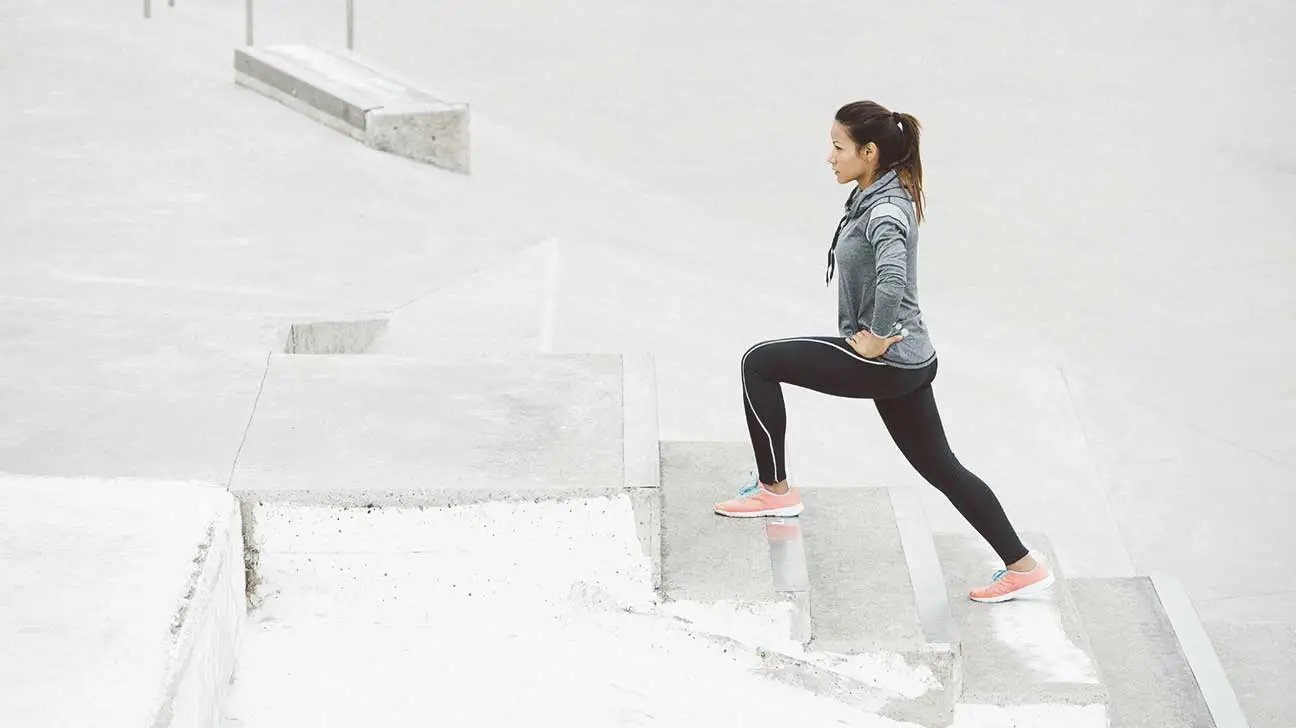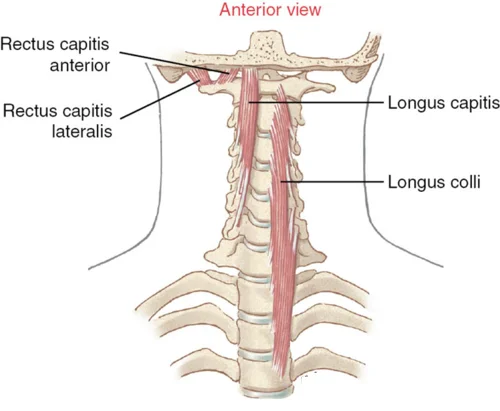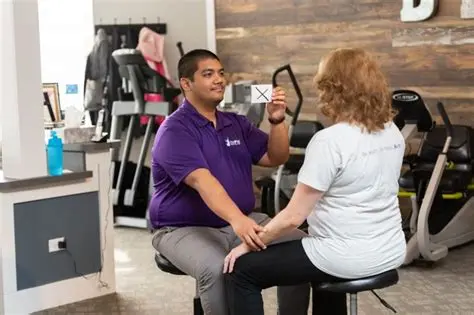6 Best Stretches for Posterior Pelvic Tilt
A posterior pelvic tilt, characterized by the backward rotation of the pelvis, can lead to discomfort, pain, and limitations in daily activities.
Fortunately, incorporating targeted stretches into your routine can help alleviate these issues. In this article, we’ll explore some of the best stretches specifically designed to address posterior pelvic tilt and promote better posture and overall comfort.
Whether you’re a fitness enthusiast, an office worker, or someone seeking relief from this common postural problem, these stretches can be your key to a healthier and more pain-free lifestyle.
Table of Contents
What is Posterior Pelvic Tilt?
When your pelvis is tilted backward, away from its neutral position, this condition is referred to as posterior pelvic tilt. The front section of the hips tilt up and back in this pelvic position, while the tailbone is tucked under the torso. A flat back is a result of the lower spine’s (lumbar lordosis) rounding due to the posterior pelvic posture.
What causes Posterior Pelvic Tilt?
Our hip flexors “shorten” when we sit a lot, which results in hamstring tightness as a result. When you stand up, your hamstrings and lower back will pull on your hip if you have short hip flexors. It is because of this that your hip tilts backward, flattening the curve of your lower back and emphasizing your butt and abdomen. Interestingly, sedentary lifestyle choices that cause anterior pelvic tilt have the opposite effects despite being comparable.
Factors that cause Posterior Pelvic Tilt
Poor Sitting Posture is the most frequent reason.
Even while sitting all day puts you at risk for a posterior pelvic tilt, bad posture makes the situation worse. The natural curvature of your spine is distorted by sitting slouched all day at your desk, which also places undue tension and strain on the wrong parts of your body. The back muscles and hip flexors weaken as a result. And the abdominal, gluteal, and hamstring muscles become quite tense.
Additional factors include:
- Poor posture when standing
Proper standing posture is essential, just as it is when sitting. You can have a posterior pelvic tilt posture if you notice that when you stand, your shoulders and lower back circle. Most likely, you’ll notice that your upper body is hunching backward and that your abs feel shorter.
2. Taking Care of/Carrying Heavy Items
You might also develop a posterior pelvic tilt posture if you hold heavy objects for prolonged periods of time. As you attempt to support the “heavy object” with your hips, your tailbone will typically tilt forward. This shortens the muscles in your abdomen and elongates your back. This will eventually result in severe postural issues.
3. Inappropriate Exercise Program
You may be increasing your risk of posterior pelvic tilt if your exercise regimen concentrates on building your gluteals, abdominal muscles, and hamstrings. The lumbar spine’s natural curve can flatten when the abdominal muscles are overdeveloped in comparison to the supporting back muscles, which can drag the pelvis posteriorly.
4. Sleep Position
You could develop a pelvic tilt if your mattress or sleeping posture prevents your spine from curving naturally.
What symptoms might have of Posterior Pelvic Tilt?
A modest pelvic tilt is typical in humans to some extent. It relies on your body’s structure, your DNA, etc. In actuality, women are more likely than males to have a minor pelvic tilt. However, the Thomas Test is one of the ways you can determine if you have PPT.
- A table’s edge or another sturdy surface is a good place to sit.
- Lean back till your back lies flat on the ground while holding onto both of your knees.
- At this point, release one leg and extend your hips till your thigh is in contact with the table.
Treatment of Posterior Pelvic Tilt:
Correcting posterior pelvic tilt through stretching and strengthening Exercises.
Balancing the muscles that contribute to the incorrect pelvic alignment is the best strategy for treating a posterior pelvic tilt. Stretching is necessary to help chronically tight muscles restore their suppleness. While the weak muscles require strengthening.
- The main areas that may require stretching: are the abs and Hamstrings.
- The key muscle groups that might benefit from strengthening include the glutes, deep core, and hip flexors/quads.
Drills and exercises.
A variety of helpful exercises and drills videos are readily available online to assist you in treating severe PPT. Place an emphasis on psoas and quadriceps strengthening exercises as well as glute and hamstring stretches. Focus on abdominal muscles, core strength, and glute and hamstring stretches for treating anterior pelvic tilt.
Stretching exercise for posterior pelvic tilt
1. Superman stretch:
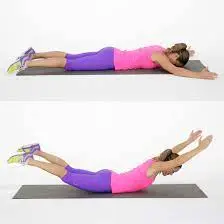
- Similar to leg lifts, the Superman Stretch begins with you lying on your stomach with your hands extended above your head.
- Lifting your arms and chest during each repetition gives the impression that Superman is flying.
- Keep your posture like this for 15 to 30 seconds.
- It’s okay if you need to lift your feet to balance your body.
2. Hamstring Stretches:
Hamstring stretches can be done in a variety of ways. The most frequent is carried out when seated. However, we think that hamstring stretches performed while seated in a chair are the most productive.
How to do it:
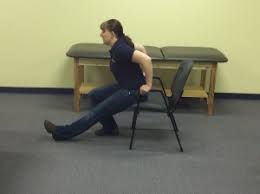
- Start by sitting in a supportive chair before beginning this hamstring stretch.
- Straighten one leg and extend the other.
- Once you feel a stretch, bend forward and reach for your toes.
- Maintain this position for 15–30 seconds and then do the same exercise on the other leg.
- You can increase your hamstring flexibility by performing many sets of these stretches at once. This will enable you to carry out future stretches that are deeper and more significant.
3. Cobra Pose, or abdominal press-ups
Your abdominal muscles will aid to extend as you stretch them out, which will help to create a more neutral pelvic position.
The upright posture of the poisonous cobra snake inspired the name of this stretch. Because the front body lengthening works the muscles in the spine, back, glutes, and hamstrings, the Cobra position is excellent for a posterior pelvic tilt. A more flexible spine encourages better posture and lessens lower back pain, which is especially important if you have menstrual pain, which naturally makes you want to hunch over.
How to do:
- Lie on the mat with your belly down.
- Point your toes, angulate your legs to meet your hips, and inhale as you begin the subsequent action.
- Slowly raise your shoulders off the floor until you feel a slight stretch. Extend your range of motion by inhaling as you push further into the lumbar extension
- When you feel the extension in the back, slowly lift yourself off the ground while bending your elbows.
- As you support your weight with your hands and wrists for 15 to 30 seconds, be careful not to lock your elbows. As you enter and exit the posture, take slow, deep breaths.
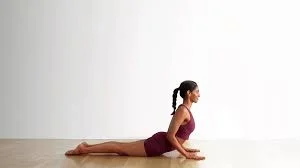
Precaution: To modify the Cobra posture so that it is easier on your neck and back, keep your elbows bent and place your tummy on the floor. Set your attention forward while adjusting the angle of your chin for comfort.
4. Rolling in foam for calf
Foam rolling, also known as self-myofascial release, is comparable to massage therapy. It’s excellent for de-stressing different sections of your body after a workout. Foam rollers are available in sporting goods stores and online. The fascia, or connective tissue under the skin, is loosened by foam rolling, allowing for optimal movement. Any region of your body can be foam-rolled, but concentrating on your legs may reduce posterior pelvic tilt.
How-to do:
- Place the foam roller under the calf area while lying on the back.
- Roll the foam roller up your calf slowly, paying attention to any “hot spots.” You experience additional tightness or stress in this area.
- For 30 seconds, roll your foam over this spot.
- The same motion can be done while switching legs.
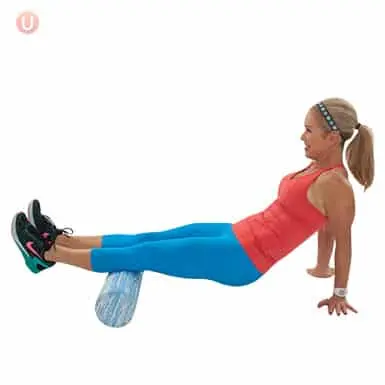
The same thing can be done for your thighs.
- Lie on your back and roll the foam roller below the thigh region for greater pelvic concentration and benefit.
- To reach your glutes, roll the foam up your hamstrings.
- Sit on any hotspots and roll your attention there. Reverse the legs and repeat.
- Foam rolling can feel soothing and act as a sort of massage even if you occasionally experience pain. Additionally, you can foam roll your centre back while massaging your spine.
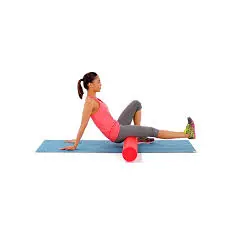
5. The gluteals stretch:
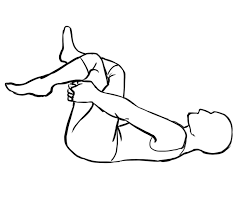
Instructions:
- Lie on the back with legs bent and feet flat on the floor.
- Place left ankle on the right knee.
- Pull your right knee toward your chest by grabbing it.
- Your left glute should extend as you do this.
- In order to increase the stretch, make sure you arch your lower back.
- Hold for a minute.
- Do this same exercise on other sides.
6. Abdominal stretch
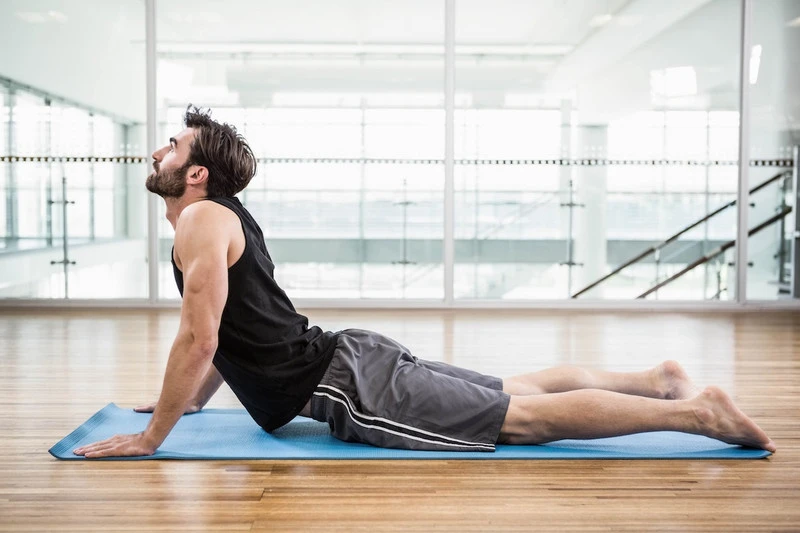
Instructions:
- Lie down on your stomach
- Place hands directly beneath shoulders on the ground.
- Keep your elbows straight.
- Reverse your arch.
- If you have lower back problems, be careful while exercising.
- Try to feel a stretch across the lowest part of your abdomen.
- Stretch while taking a breath and expanding your stomach.
- Hold for a minute.
Strengthening exercises:
Leg Lunges
Lunges help to build stronger quads, hamstrings, and glutes. Repairing and preventing posterior tilt requires developing powerful leg muscles.
How to do:
- Start in a standing stance with your feet about shoulder-width apart to perform lunges.
- With your right leg, take a forward step before bending your knee to around a 90-degree angle.
- Your left knee ought to be on the ground.
- .Return to your upright position by pressing off your right foot.
- Next, repeat the process with your left leg.
- One repeat, or rep, is included in each set of left and right.
- If you’re unfamiliar with this kind of workout, start with a set of 10 repetitions. At least three sets of 15 repetitions should be the goal.
- Avoid banging your knees on the ground by being careful.

2. Leg raises:
To correct and prevent pelvic tilt problems, perform leg raises a low-impact exercise that strengthens your legs and core.
How to do:
- Lie on your back or your side on the ground to perform leg lifts.
- Both front leg lifts (while lying on your back) and side leg raises (lying on the side) are advised.
- Lift one leg carefully at first, then the other.
- Repeat in a calm manner a few times.
- The rest of your body should remain still on the ground.
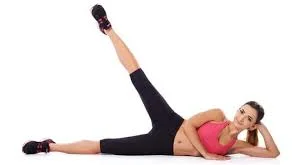
Summary:
A posterior pelvic tilt is when the pelvis is positioned improperly, with the back of the pelvis slanted. It is brought on by an imbalance between the muscles of the legs and the muscles of the core, which is influenced by your anatomy, regular posture, and movement patterns.
A slouched posture, tight hamstrings, back pain, among other symptoms, are among the many symptoms that can occur. Exercises that target particular muscles are frequently used in treatment, along with adjustments to sitting and sleeping positions.
FAQs
It is incredibly helpful to concentrate on the “up” portion of the squat after beginning in the seated posture to assist in rectifying a posterior pelvic tilt.
Although an anterior pelvic tilt may go unnoticed, it can lead to poor posture and a bent spine. Anterior pelvic tilt frequently occurs without any symptoms. For those who do experience symptoms, stiff muscles in the leg and pelvic regions may be felt.
The nature, cause, and severity of a pelvic tilt determine how to treat it. Physical treatment, which mostly consists of muscle-strengthening exercises, stretches, and massage, may usually treat a pelvic tilt.
According to some research, anterior pelvic tilt can be corrected in as little as six weeks. But it’s crucial to keep in mind that every person is different. Others could need longer time, but other people might start to correct anterior pelvic tilt within a few weeks.
By resolving pelvic muscular imbalances or by fortifying the muscles that support this area, specific workouts can help rectify a posterior tilt. It can be treated by loosening up the hamstrings, which enables the pelvis to revert to a more neutral posture.

